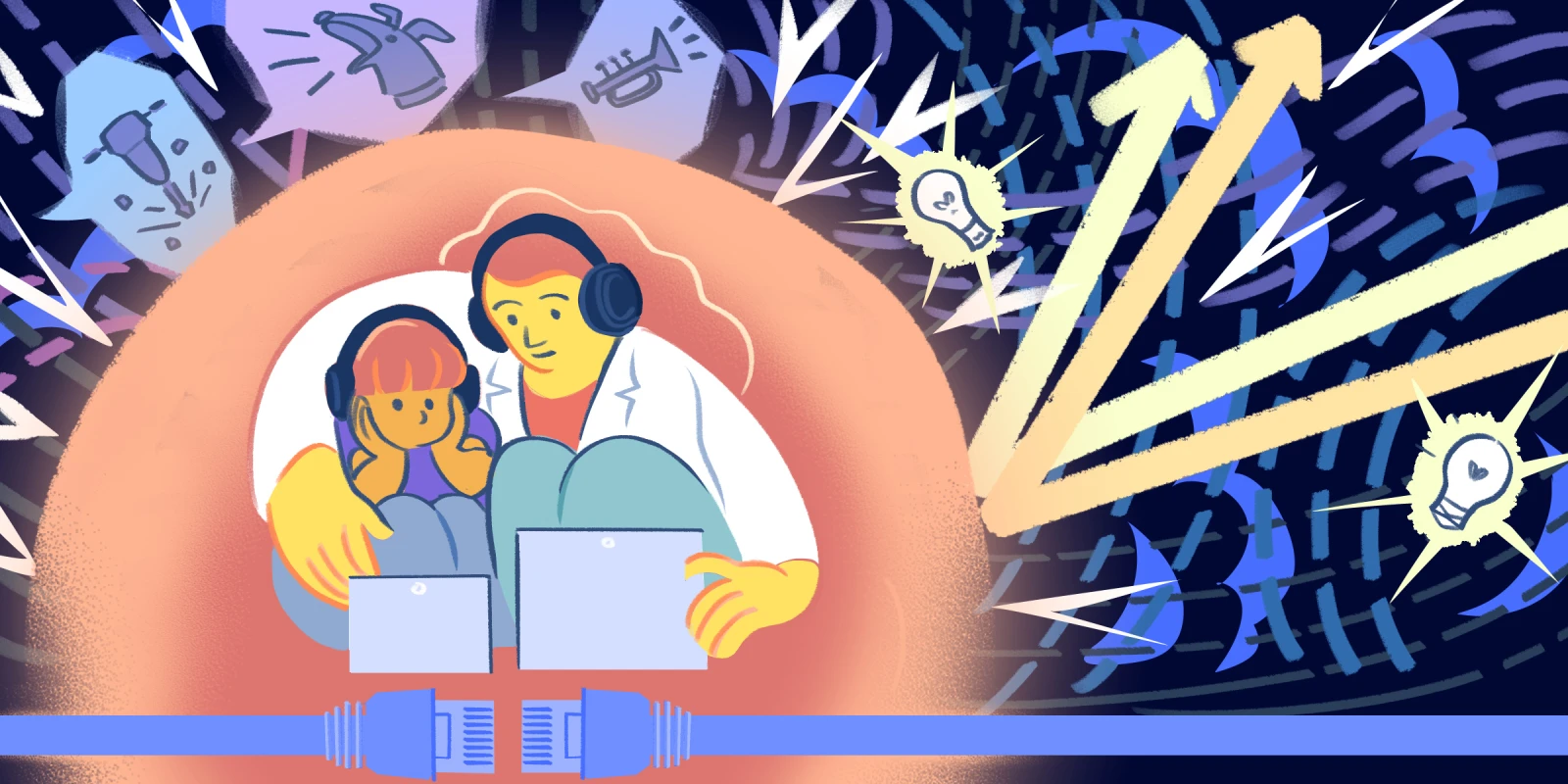I was late for work. The clinic manager looked at the clock as I walked in. I had nothing to say, and I had everything to say. How could I explain that I had needed to hold my preschool child as they cried — no, sobbed — in my attempt to get them from the front door to the car, a mere 3 yards. We had ended up seated on the concrete steps as I held them, sat next to them, and waited and waited, watching the minutes tick by. I knew attempts to force the transition would be futile. It would actually lengthen the process and lessen my chances to get to work on time. If I forced them, it would be a battle of strength to the car and then another to get them buckled. It would involve the arched back, a parent’s nightmare, as I tried to strap them into their carseat. (“Tried” being the operative word.) They might spit at me or bite me or both. And worst of all, it would increase their stress and mine. We had done it the other way before. It had not gone well. And so I sat with them and held them and waited.
The failure I felt at home and work was marginally dissipated by the invisible disability I would later learn my child had. Having grown up with a father with autism spectrum disorder, I knew the struggle of transitions, understood sensory sensitivities, and counted on social anxiety. These challenges felt like an old coat one puts on — worn, a little baggy, but familiar. What I didn’t know was how to navigate this world as a mother and as a professional. As a physician.
That morning walking into the clinic, I could say my child had been upset, but they had no diagnosis. Many young kids get upset, though they usually stop hitting and biting before preschool. They don’t run away from their parents at the store or have full on temper tantrums on the floor of cavernous check outs with their parents needing to direct traffic around their flailing limbs. And most of these parents aren’t also pediatricians. (The shame of being a professional that works with kids and struggling with one's own children is real.) And so I turned to the clinic manager and simply told her good morning.
Later I would learn my child had ADHD — a disorder with much emotional dysregulation. Medications would turn on a switch for them and let them see the world around them — see me, see themself, see others. Until then, I was a female physician of a young child, arriving late to the clinic.
When COVID-19 hit, I wondered what everyone’s issues with the stay-at-home order were. In many ways, my personal life became easier. Fewer transitions. Fewer activities. Online school. No dreaded transitions to the car. People stayed their distance. We stayed home: no trips to the store, out to a restaurant, or even to the doctor. The virtual became the norm, and with the virtual, one can turn down the volume, turn down the brightness, turn off the camera, and step away for a minute.
And yet, though technology can offer inclusion, we can’t assume it will. Disablity:IN reports digital accessibility is crucial to the success of inclusion. These adaptive abilities are invaluable to those of us with disabilities. I include myself in this. Social anxiety and sensory overload have been a struggle for me throughout my life. The light may be bright to you — it is glaring to me. The red bold words on the EHR screen may be done to get our attention; I feel physically assaulted. Our world assumes louder, brighter, bolder equals better. It does the opposite to me and gives me anxiety, not unlike what it does for my child. School noise at in-person classes is a constant struggle for them. The reality is that my child did well in online school.
I do not assume to know what’s the best for all people with disabilities — visible or invisible — by any means. The truth will look different from one person to the next. Regardless, we all need to be seen and valued for who we are, and supported in our life’s work. Now more than ever. One year ago, in June 2020, 1 in 3 adults reported struggling with anxiety and depression. That was at the start of the pandemic; I dare not guess how much higher those numbers have gotten. About 25% of adults in the U.S. have a disability, and about 20% of adults have an invisible disability. For example, the NIH reports that almost one in 20 adults has ADHD. If it is not you or your family, it is your neighbor, colleague, or friend.
I wonder as COVID-19 recedes into the rearview mirror if we can stop and think about what worked well during the pandemic and what worked better than pre-pandemic — especially what worked better than pre-pandemic for those of us with invisible disabilities. We need to accept and embrace these changes, as well as solidify them as normal options in society. Virtual health care, virtual meetings, virtual education, working and training from home. It is not only acceptable. For some of us, it’s better than “the norm.”
What "good" changes would you like to carry into post-pandemic life? Share in the comments.
Joy Eberhardt De Master works as a pediatrician in Portland, OR. She considers herself to be an American-Mexican and is a highly sensitive person who values beauty and equity. She believes that all people deserve quality health care and that the stories of indigenous people need to be sung loudly. She is a 2020–2021 Doximity Op-Med Fellow.
Illustration by April Brust






